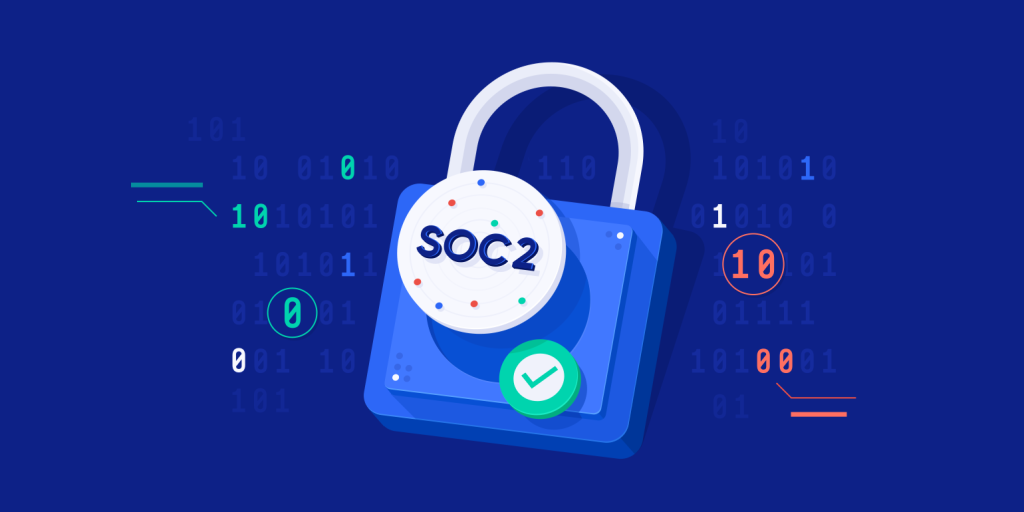
- A SOC 2 Bridge Letter provides assurance of ongoing SOC 2 compliance between audit periods, typically covering up to three months.
- It includes vital components like internal control updates, material changes, and an affirmation of adherence to SOC 2 requirements issued by the organization’s management.
- While not a replacement for a full SOC 2 audit, it assures clients that controls remain effective until the next audit cycle.
A SOC 2 Bridge Letter, or gap letter, bridges the compliance gap between SOC 2 audit reports, offering customers continued assurance of a service organization’s adherence to security standards. When an organization’s SOC 2 audit concludes, an interim period may occur before the next report. The bridge letter covers this gap—generally no longer than three months—indicating that no major changes have affected internal controls and that the organization remains SOC 2-compliant. This document is beneficial for maintaining customer confidence and is issued and signed by management rather than an external auditor.
To be effective, a SOC 2 Bridge Letter should include details such as the last SOC report’s audit period, any updates to internal controls, and a declaration that no significant changes have impacted the organization’s security posture. Material changes, including modifications to systems or control processes, should be disclosed as these can affect security, confidentiality, or data integrity. However, bridge letters are not substitutes for SOC 2 reports—they merely provide interim reassurance until the next official audit.
Bridge letters must be kept current and are the responsibility of the organization’s management, which issues them directly to customers. While they assure ongoing SOC 2 adherence, they don’t certify controls like a full SOC 2 audit does. This makes them a valuable, albeit temporary, compliance tool that reinforces trust and supports continuity in security assurances for service organizations.
An example of a SOC 2 Bridge Letter might include: “As of [Date], there have been no material weaknesses or significant changes to our internal controls affecting SOC 2 compliance.” This type of communication builds customer trust and demonstrates a proactive approach to maintaining security standards.


Leave a Reply
You must be logged in to post a comment.